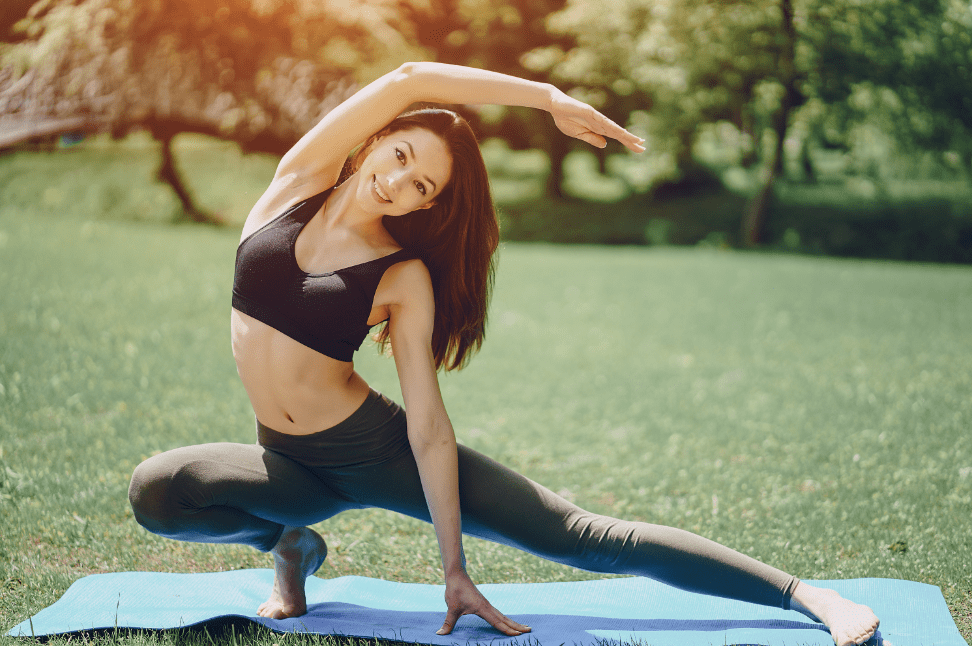
What Are the Emotional Benefits of Exercise?
Enhanced self-image is the crucial benefit of physical activity. When you exercise, your body releases chemicals. These chemicals interact with your brain that reduces the feeling of pain.
Chemicals trigger a positive feeling in the body. Similar to that of morphine.
The feeling that you experience after a workout. Physical movements give positive emotions. Positive feeling creates a better outlook toward life. Active person develops a positive attitude, and his self-esteem becomes high.
Chemicals released after exercise act as pain killers. Body chemicals decrease the feeling of pain. We become calm and give comfort to our bodies. Kratom is best known for its soothing properties. The big question is, ‘Can I buy Kratom near me?’ Kratom is banned in the US and major European countries, but you can get it from Kratom Krush online.
Benefits of Regular Exercise:
Reduce Stress
- Decreases anxiety and feelings of depression
- Boosts self-esteem
- Improves sleep
Added Health Benefits of Exercise:
- It strengthens your heart.
- It increases energy levels.
- It lowers blood pressure.
- It improves muscle tone and strength.
- It supports and builds bones.
- It helps reduce body fat.
- It makes you agile and robust.
Is Exercise a Treatment for Mental Illness?
Research has shown that exercise is an effective way to improve mental health. It is less used in treatment. But for mild to moderate depression, it can be of great help. Moreover, an exercise in open fields helps to boost levels of vitamin D. Increased Vitamin D levels brighten up the mood. Read here to know amazing facts about White Horn Kratom powder and how it affects your agility.
Types of Exercises Better for Mental Health
Any form of exercise can help to improve depression. Simple, moderate exercise includes:
- Biking
- Dancing
- Gardening
- Playing Golf
- Housework, sweeping, mopping, or vacuuming
- Jogging at a slow pace
- Simple aerobics
- Playing tennis
- Swimming
- Walking
- Yard work, mowing, or raking
- Yoga
Strong social support is crucial for people with depression. A joint group exercise class may be beneficial. One can exercise with a friend or partner. Through group exercise, you will benefit from physical activity. Your emotional level will get bright. You will feel more comfortable. Knowing that others are supportive of you can cheer you up.
Consult a Doctor Before Exercising
Most people can start an exercise program on their own. Someone new to physical activity should take advice from his doctor. People who are 50 years, or have a medical problem should consult their doctor. Heart patients and people with diabetes should do simple light exercises.
How to Decide What Types of Exercise to Do?
Before starting an exercise program for mentally ill people, there are some questions they need to consider:
- What physical activities do I enjoy?
- Do I prefer group or individual activities?
- What programs best fit my schedule?
- Do my physical conditions allow me to exercise?
- What goals do I have in mind?
How Should I Exercise to Ease Depression?
Start by doing light movements. Walking and running should be at a slow tempo. Exercise for at least 15 to 20 minutes at a slow pace for a start. Studies show that exercising four or five times a week is much better. Older people exercising should be easy. Start exercising for 20 minutes. Then you can increase up to 30 minutes.
Tips for Getting Started
Once you start your exercise, make a program. All programs should have a routine that is easy to follow. In the beginning, get comfortable with the performance. After you are satisfied, then you can start changing your exercise times and movements.
Tips to get started
- Choose an activity you enjoy and love. Exercising should be enjoyable.
- Put your exercise routine into your timetable. Use your phone calendar to check.
- Variety is the spice of life. Change your exercises so that you do not get fed up. Ask your friends about different types of activities.
- Don't let exercise programs be costly on you. Strive to be regular. Don’t buy a membership or expensive equipment.
- Follow your routine regularly. Exercise is a great help to decrease depression.
- Carry your phone while jogging. People enjoy listening to music and their favorite podcast.
- Attempt simple movements for 15 to 20 minutes. Aim for a small daily routine instead of a long workout at the weekend.
Stop exercising if you get hurt
- Never overlook muscle pain. Damaged muscles give pain. Do not continue, or you will stress your joints.
- Don’t overexert yourself. If you feel pain or any discomfort, decrease your duration of the exercise.
- If the problem gets severe, go to your doctor.
- If you cannot follow the routine, there are other exercises to boost your mood.
- Meditation and massage relax your body and boost your mood.
Cold Weather Exercises
- Dress in layers. Wear clothes in layers. When you sweat during a workout, and you remove and put them back on as needed.
- Weather conditions and wind chill can harm your health. Wear a windbreaker when out of rain and wind. Indoor places are better for exercise during cold weather. Stay indoors as much as possible.
- Drink plenty of fluids. It is challenging to observe the signs of dehydration in cold weather. Carry fluids while you are running. Drink water during and after a workout.
- Keep your hands, feet, and ears covered. Wear warm underpants and woolen gloves, socks, and headgear to prevent frostbite.
You may also like
Boost Your Brain: 5 Vitamin Supplements That Help Aid Memory
7 Morning Routine Additions For an All-Day Energy Boost
Why Water Is So Incredible For Your Health
Effects of Gut Health And Gut Bacteria
